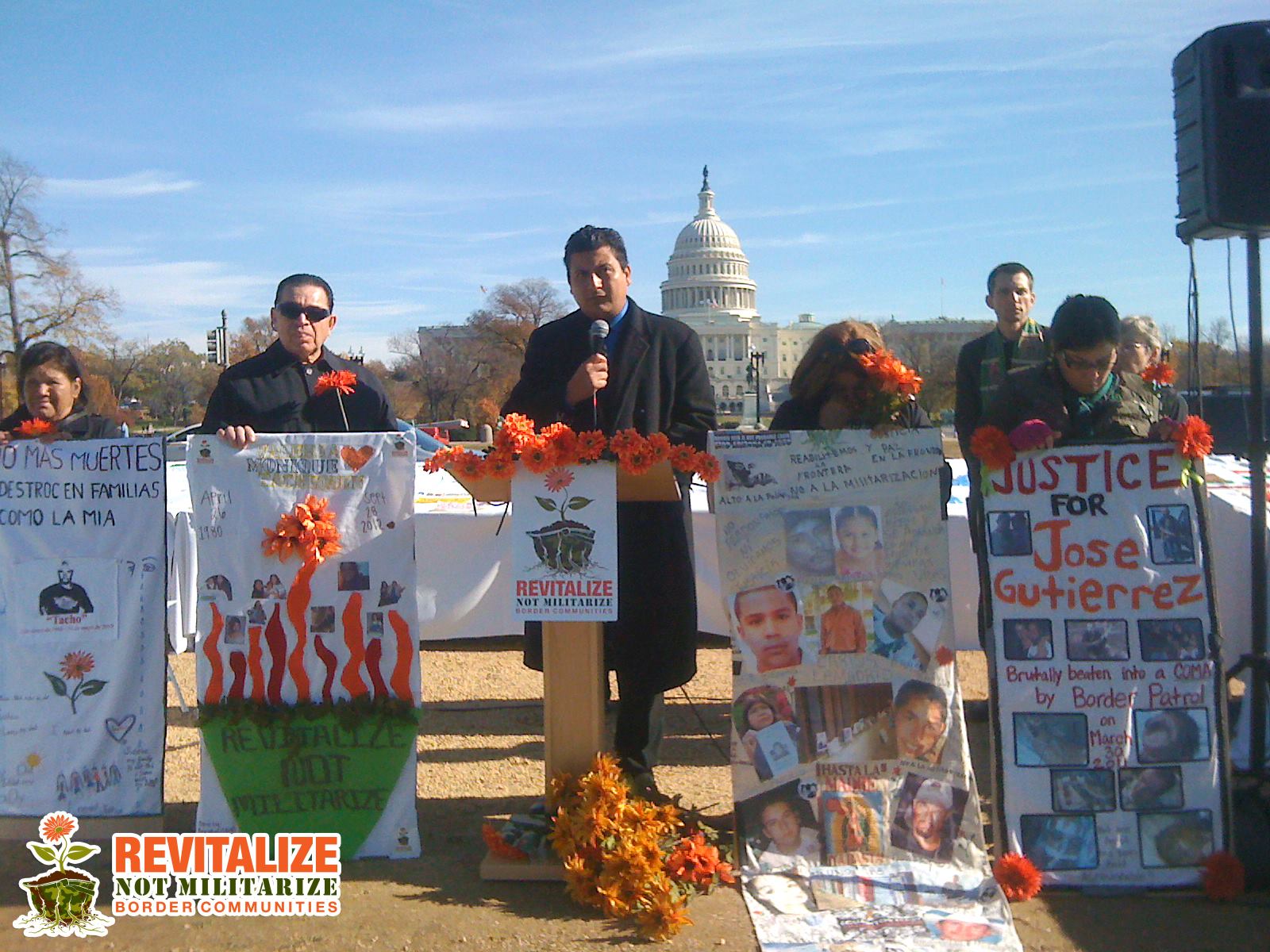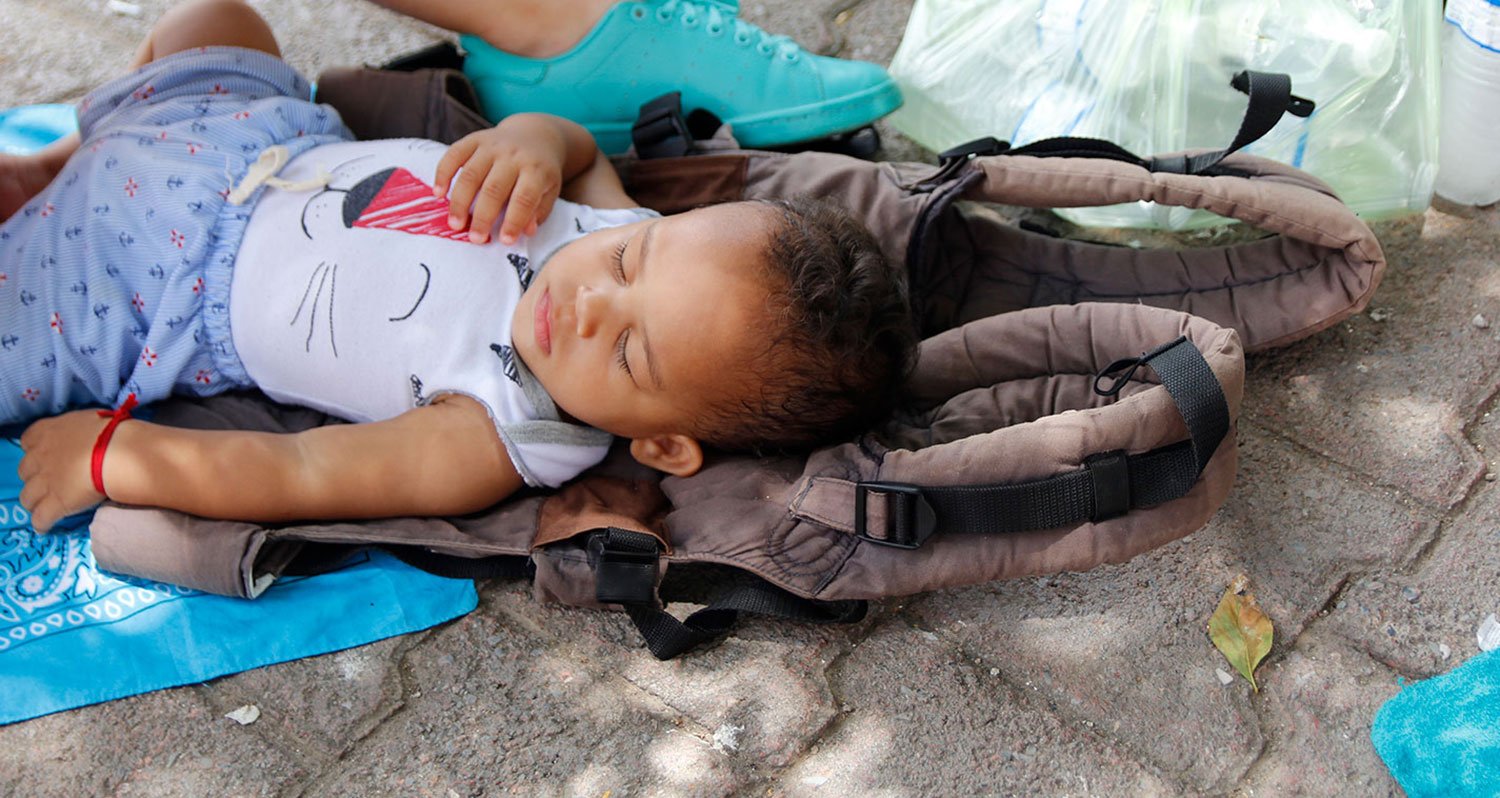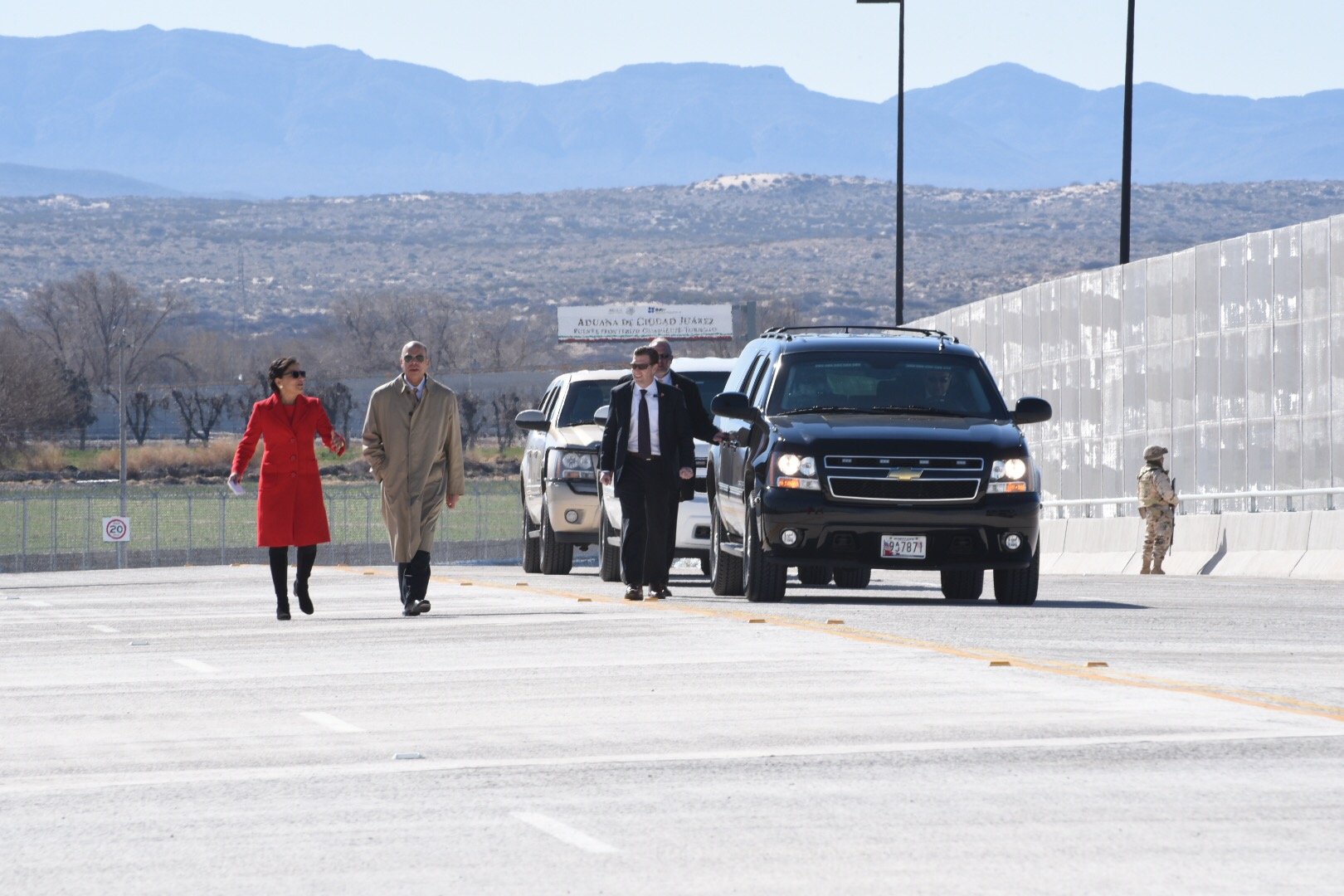
Border Residents Tell Congress They Need Better Schools and Jobs, Not More Drones and Guns

In April 2012, PBS aired footage of as many as 20 border agents beating an unarmed man, Anastasio Hernandez Rojas, to death. After viewing the shocking footage, congressional leaders demanded a review of the U.S. Customs and Border Protection agency, which some border residents say should be held to the same standards as law enforcement.
This week, the Southern Border Communities Coalition, which is a consortium of nonprofits and immigrant rights advocates, is in Washington D.C. to meet with congressional members and White House staff about the U.S. Border Patrol’s lethal force practices, and to let them know that local communities need more input on border enforcement.
“We want Congress to begin investing in the border region by supporting jobs, roads and schools not more guns, drones and walls,” said Andrea Guerrero, co-chair of the Southern Border Communities Coalition.
To get Congress’ attention, the coalition has formed a campaign called “Revitalize Not Militarize.” The group brought hundreds of quilt panels created by border residents to the National Mall in Washington, to highlight the damage that border militarization has done to local communities. The idea was inspired by AIDS quilts created in the ‘80s.
“It was a very effective way of getting the message across,” said Ricardo Favela, spokesperson for the coalition. “We want people to pay attention to the border region.”
Favela said that U.S. Customs and Border Protection’s lethal force policies are one of the biggest problems along the border right now. “At least 20 people have been killed by Border Patrol agents since 2010,” he said. “The Border Patrol is out of control. They lack accountability and oversight.”
Family members of some of the victims—Anastasio Hernandez Rojas, Valeria Munique Tachiquin (a U.S. citizen fatally shot by a border agent), and Jose Gutierrez (beaten into a coma by customs agents)—spoke Wednesday during a press conference at the National Mall about the need for better training and oversight of the Border Patrol.
“We’re just asking that Border Patrol abide by the same best police practices that police departments follow across the nation,” Guerrero said.
Many people killed by border agents were accused of throwing rocks. At least six of the 20 victims were also fatally shot in Mexican territory. In September, the Department of Homeland Security Office of Inspector General released a report on the spate of fatal shootings and beatings by Border Patrol agents and found that “many agents and officers do not understand use of force and the extent to which they may or may not use force.”
A government-commissioned analysis by the Police Executive Research Forum recommended that the agency stop using lethal force against rock throwers. But in early November, Border Patrol Chief Mike Fisher told the Associated Press that his agency would not implement the recommendation. “Just to say that you shouldn’t shoot at rock-throwers or vehicles for us, in our environment, was very problematic and could potentially put Border Patrol agents in danger,” Fisher said.
But Guerrero said something needs to change, because poorly crafted border enforcement policy and growing militarization is harming border communities. “Valeria Tachiquin was gunned down just blocks from my house by a Border Patrol agent who was fired by the sheriff’s office for misconduct,” she said. “We don’t need any more guns, drones or walls.”


